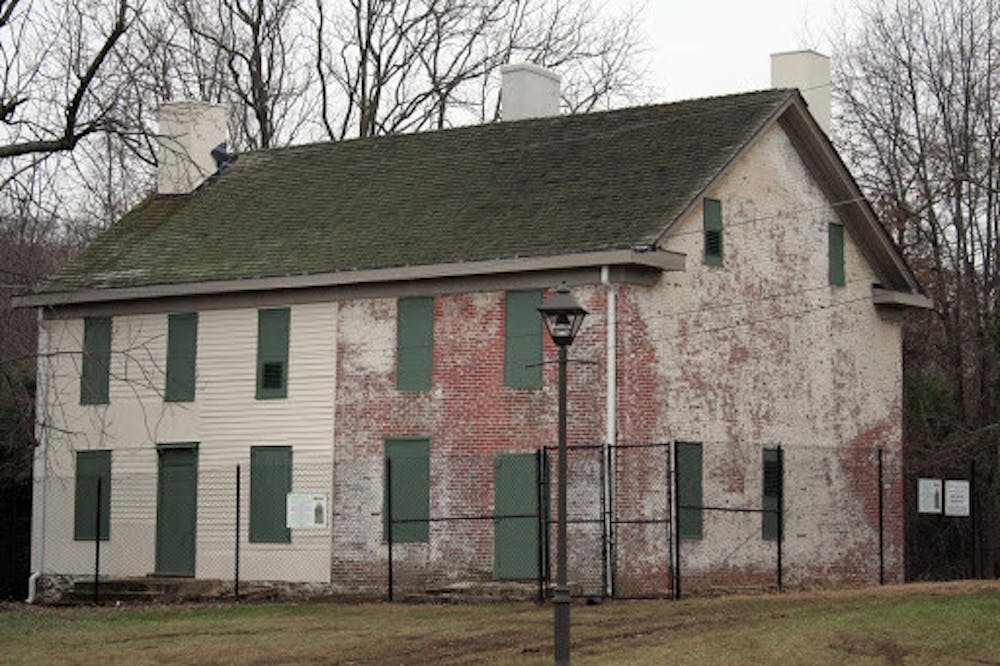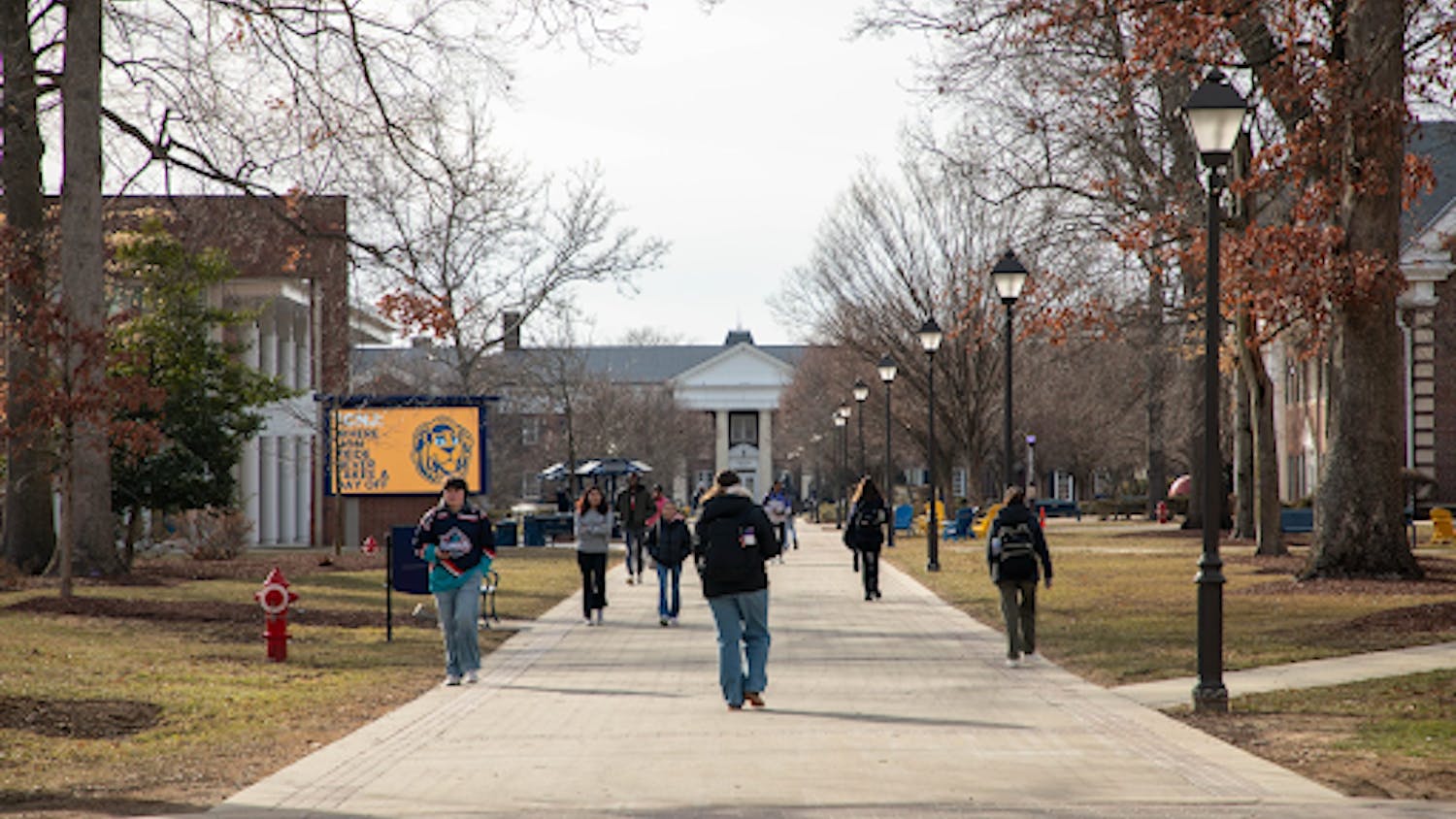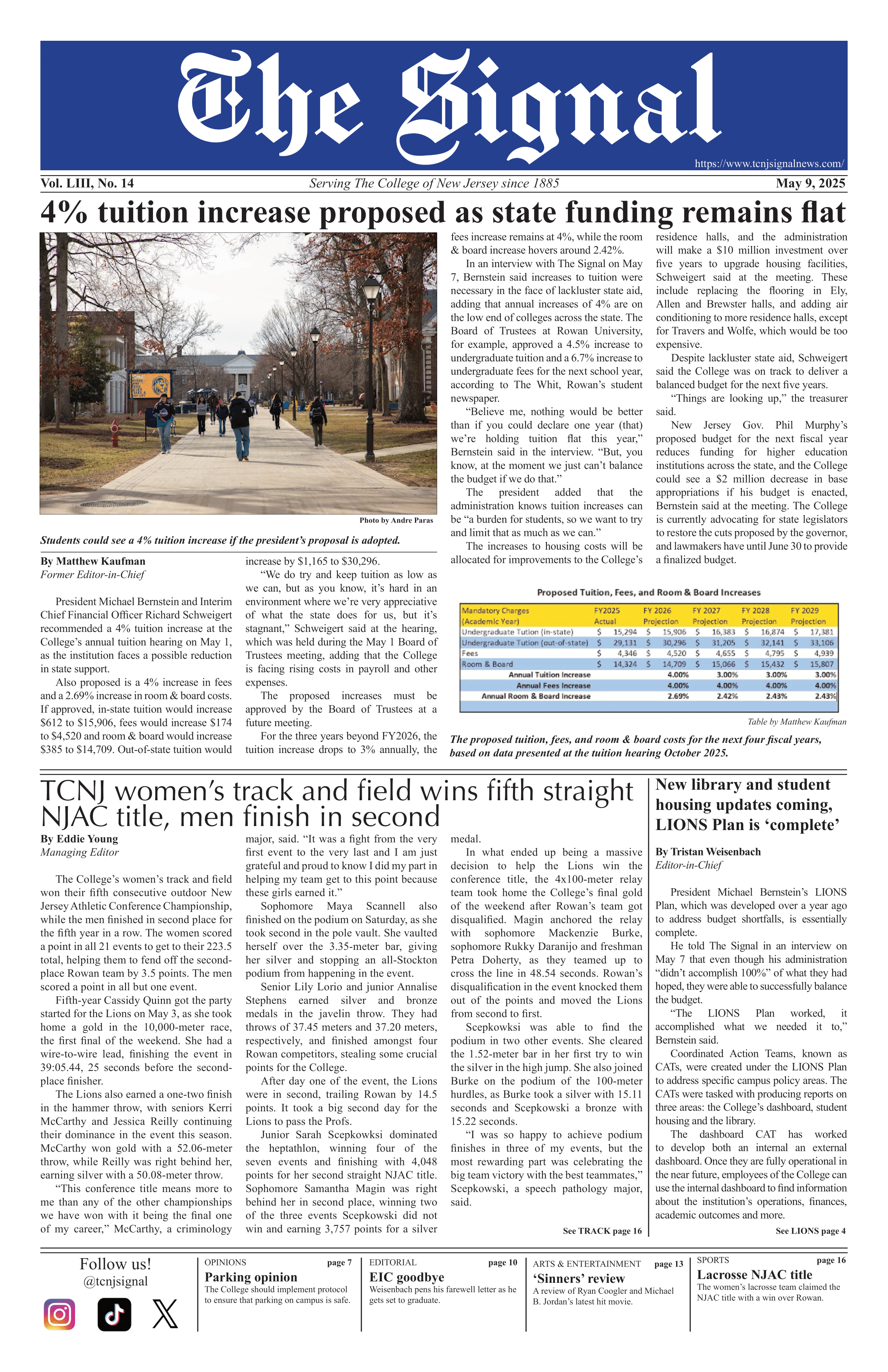By Camille Furst
Editor-in-Chief
Controversy broke out in the College community when President Kathryn Foster informed students that the campus is built on the former William Green slavery plantation in a mass email on June 19, mentioning that a group of faculty members have been researching its history.
The news came as a shock to some, as many were previously unaware of the plantation from the 18th and 19th centuries — and, in the wake of the recent protests involving the Black Lives Matter movement, left students at the College calling for change.
Foster also announced plans for the future regarding the discovery: a symposium on slavery in conjunction with Princeton University, a spring 2021 course on New Jersey slavery and a pursuit of “grants and other opportunities to expand this work.”

But some students feel that this is not enough. In response to Foster’s announcement, rising junior nursing major Caitlyne Gomez began a petition to rename Green Field and demolish the William Green House, located near Townhouses South.
But Gomez, like many other students, was unaware that the plantation existed at all.
“When I read Dr. Foster’s email about the William Green plantation, I was outraged,” she said in an interview with The Signal. “I was shocked that in my two years at TCNJ I have never heard of this before.”
After speaking with staff and students, Gomez said she changed the direction of the petition’s goals. Instead of demolishing the William Green House, Gomez believes it would be better suited to be transformed into an African American history museum. As of June 23, the petition garnered over 2,000 signatures.
According to an update on the petition, Gomez said that Foster reached out to her and asked to discuss the recent events surrounding the William Green House. She told the Signal that first, she’ll be meeting with George Leader, one of the faculty members involved in researching the plantation’s history. Once she gathers more information on the faculty members’ work, she’ll be meeting with President Foster to discuss next steps.
Along with Gomez, alumna Jessica Roman (‘17) was also shocked to discover that the College was built on a former plantation, and called for change in response.
“As a TCNJ alum, I am so embarrassed that we have multiple spots on campus named after a slave owner. I am doubly shocked that part of campus was once a plantation that used slave labor/exploited Black people. The TCNJ community should absolutely learn about its past, but that learning does NOT need to include paying homage to slave owners and racists,” Roman said. “We've managed to change the title of one building named after a staunch segregationist in recent years. Let's make some changes again.”
Editor's Note: Luke Sacks, the head media relations officer at the College, clarified that “James M. Green Hall on campus is named for a former president of the College from 1889-1917, who is not related to the namesake of the plantation house.”







